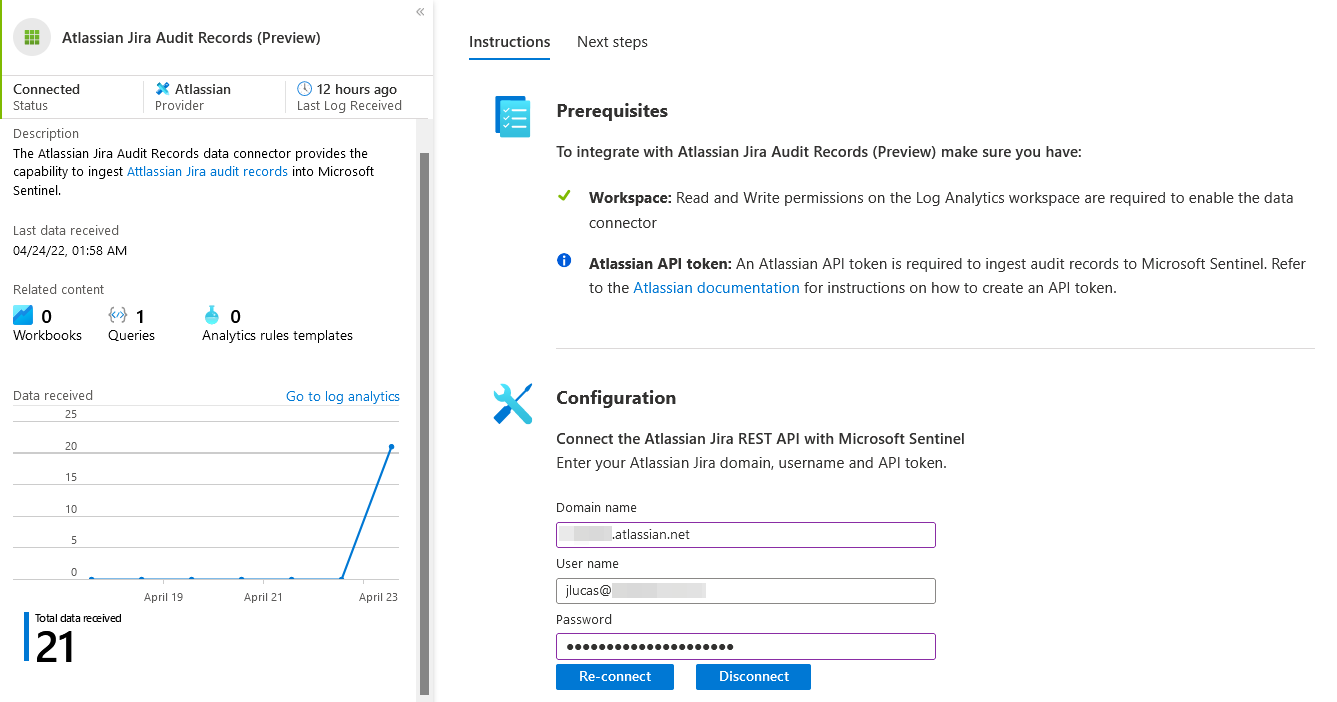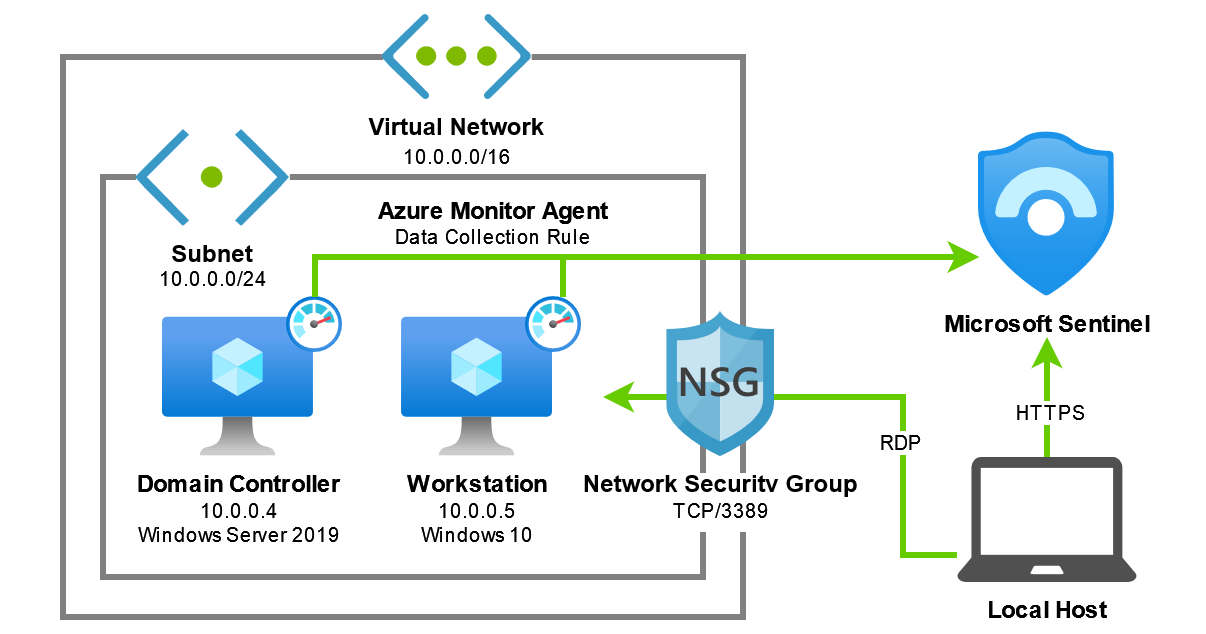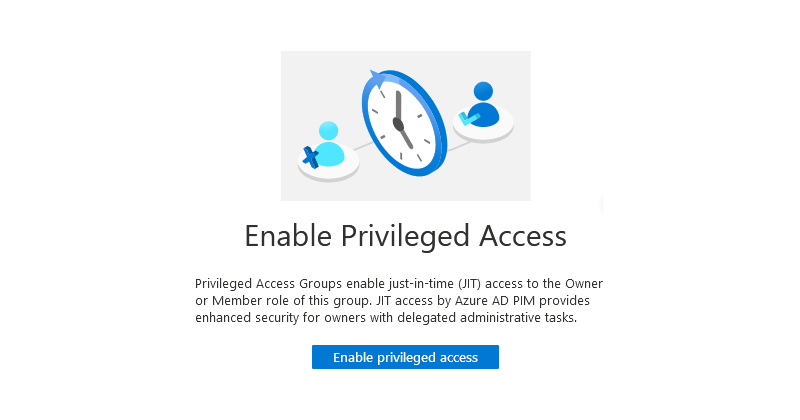
Creating a codeless data connector for Microsoft Sentinel
Introduction Microsoft recently introduced the Codeless Connector Platform - a new preview feature for Microsoft Sentinel that enables partners, developers and power users with the ability to crea...

